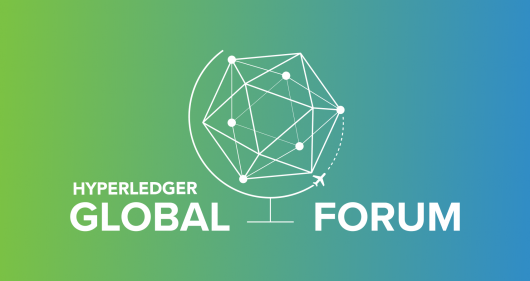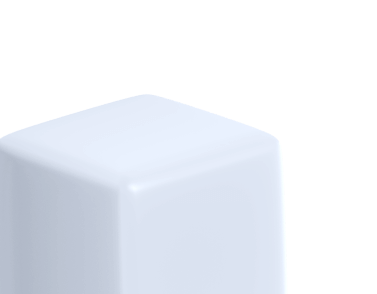Bridging algorithms and art: A look into generative NFTs
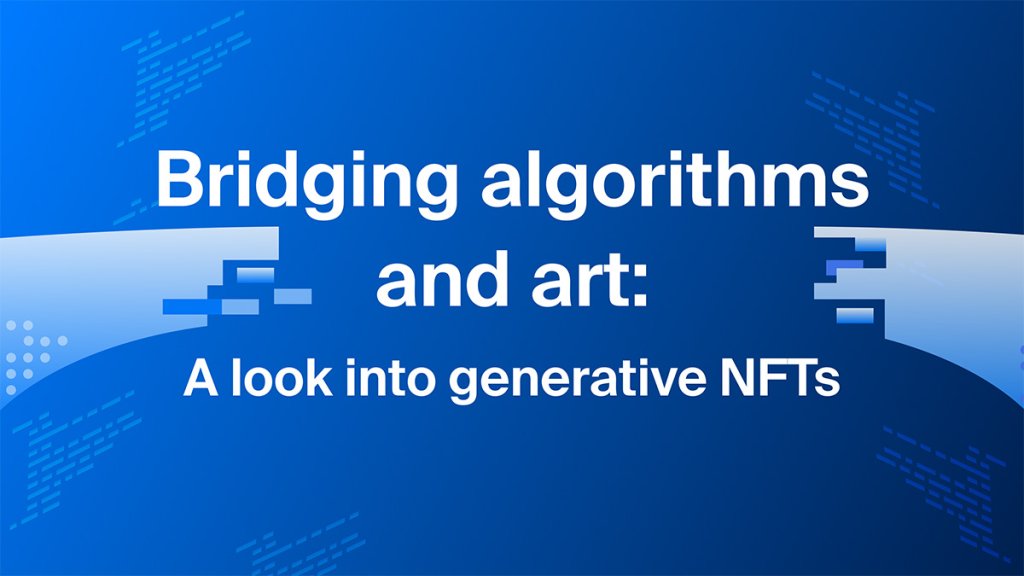
Generative art, an artistic approach that has been part of human creative expression for decades, recently found a whole new dimension following the emergence of Non-Fungible Tokens (NFTs). This convergence breathed new life into generative art, propelling it into the limelight after nearly 60 years on the periphery.
This intersection has not only revisited the way we perceive and value art but also unlocked remarkable financial prospects for artists. This exploratory blog post will demystify the union of generative art and NFTs, trace their individual and combined histories, uncover how they are crafted, and help us understand their exponential popularity.
Stay with us as we journey through the captivating world of generative art NFTs, its impact on current artistic paradigms, and what it could mean for the future. This enlightening exploration will give you a well-rounded understanding of generative art, its evolution into the NFT space, and what makes it tick in the exciting world of art today.
Understanding generative art
Generative art refers to any art practice where the artist employs an autonomous system to make the artwork. These systems, guided by algorithms and geometry and animated by a degree of randomness, can independently generate a piece of art. The artist and the generative system become collaborators in the creative process, producing artworks that are unique and irreproducible.
This profound artistic style traces its roots back to the 1950-60s, well before the advent of the internet and blockchain technology. But amidst the explosion of various artistic styles and concepts, such as Pop Art and Conceptual Art, generative art took a backseat. Fast forward to today; generative art has found a new home and audience in NFTs, allowing a whole new breed of artists to earn from selling algorithmic art.
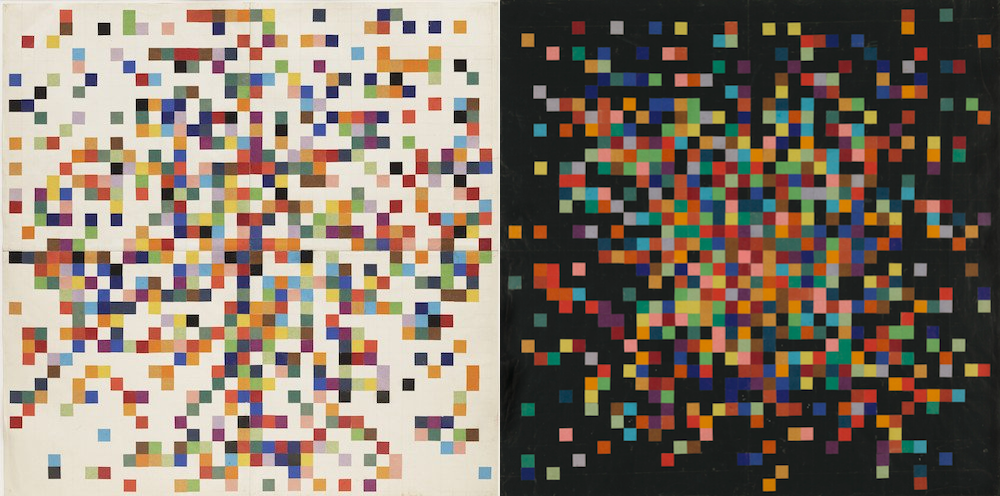
This reincarnation of generative art through NFTs is more than a simple rekindling of an old flame. It’s a revolution — a new chapter in the artistic and income-generating landscape that could very well define the future of art.
Evolution of generative art
If you’ve ever lined up dominos to create a cascading effect or fashioned a digital caricature using an avatar creator, you’ve worked with generative systems. Generative systems, a blend of sophistication and randomness, lend themselves to limitless possibilities. In the realm of art, these systems birth generative art – a fascinating cross between science and creativity.
When we talk about generative art, we refer to art that relies on self-running systems or algorithms to come to life. A generative artist functions as a sculptor of these systems, designing formulas or conditions that, when set into motion, generate an artwork. The essence of generative art often lies not in the final product but in the process that brings it to life.
A critical factor that sets generative art apart from other forms of art is randomness. If an artist can determine every detail of the resulting piece beforehand, it doesn’t rightly qualify as generative art. Therefore, unpredictability is a significant feature of generative art, allowing every piece to present a unique end result. It is this chance factor that adds a mysterious allure to each artwork.
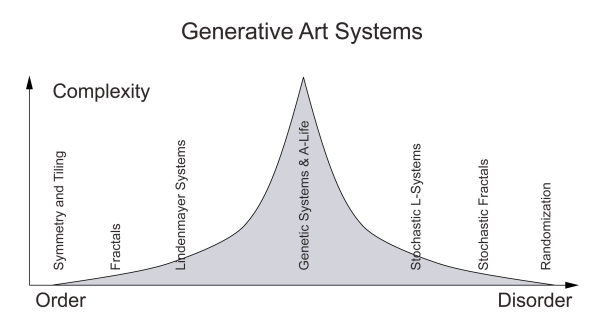
Today, however, generative art has been ushered into the limelight through the unlikely path of NFTs. This medium offers generative artists a plethora of opportunities for exposure and monetization. As a result, generative art is gradually emerging from obscurity, shaping itself as a key player in the digital art world.
From generative art to generative NFTs
As art continually evolves with time, technology seems to always influence its course. The inception of NFTs is the most recent testament to this phenomenon, and the realm that reaped the most significant benefits from this advancement is generative art.
Generative Art NFTs are unique digital art pieces created through coded algorithms and stored as NFTs on the blockchain. When an artist conceives a generative art piece, the artwork’s uniqueness lies not in the final manifestation but in the algorithm or software that created it. This unique process and the diverse outcomes it produces set the stage for generative art to find a new home in the exploding NFT market.
Since their inception in 2017, NFTs have seen a dramatic rise in popularity. By the end of 2021, NFT sales had reached $25 billion. Even amidst the 2022 crypto slump and the demise of numerous crypto exchanges, NFT transactions totaled $24.7 billion. These figures highlight the robust growth of the NFT ecosystem and the rising acceptance of digital representations of ownership.

Advantages of generative NFTs
With the continuous upsurge in NFTs, generative art NFTs have emerged as a sought-after NFT art form. Their distinctive creation process and the unpredictable yet fascinating results it yields intrigue both art enthusiasts and collectors. Today, anyone with internet access can own a piece of generative art thanks to NFTs.
NFTs have not only increased the accessibility of generative art but also substantially broadened its audience. The growing interest in generative art NFTs from art lovers and prospective investors alike could potentially catalyze the expansion of the overall generative art industry and further integrate it into mainstream art appreciation and collection.
Generative art NFTs—an innovative blend of coding, algorithms, randomness, and digital artistry—chart a new avenue in the global art landscape. The mutually beneficial marriage of generative art and NFTs not only enriches digital artistry but also amplifies its financial viability in an increasingly digital world.
Why people buy generative NFT art
Generative NFT art has been rapidly gaining traction among collectors and enthusiasts alike. This phenomenon is attributable to several factors, including:
- Unique one-of-a-kind creations: Generative NFT art pieces are algorithmically crafted and coded, meaning that every creation is truly one-of-a-kind. This uniqueness adds a potential for the value of the artwork to appreciate over time, making it a highly attractive investment option.
- Self-expression: The varied styles and themes of generative NFT art offer a platform for self-expression. By purchasing such pieces, collectors can display their personal preferences and aesthetic tastes. The wide assortment of generative NFT art ensures that there’s something for everyone, allowing collectors to express their individuality authentically.
- Supporting artists: The rise of generative NFT art has provided artists with a platform to sell their creations directly to collectors, bypassing traditional intermediaries like galleries or auction houses. This direct selling model enables artists to maintain greater control over their work and retain a larger portion of the sales proceeds, fostering continual innovation in their artistic pursuits.
- Growing community: The generative NFT art landscape is fostering a rapidly expanding community of artists, collectors, and enthusiasts. Individuals are finding common ground over their shared interest in this emerging art form, enabling the formation of valuable connections and opportunities within this vibrant community.
- Storytelling: Each piece of generative NFT art is born out of a unique backstory and a complex creative process often involving intricate algorithms and programming. Owning such a piece allows collectors to immerse themselves in this story, providing an insight into the creative process and the inspiration behind the artwork. This experience helps to create a profound connection between the collector and the artwork, enhancing its emotional and sentimental value.
The art of creating generative NFTs
When stepping into the realm of creating generative art NFTs, one adapts the dual role of an artist and a technologist. While an artist visualizes and defines the concept, the technologist selects the appropriate AI tools and relevant blockchain to bring the idea to life.
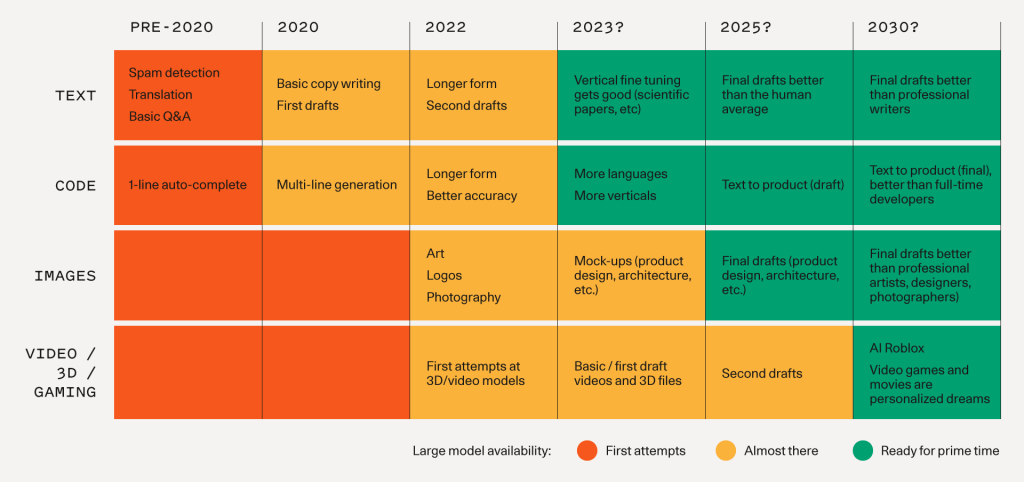
The creation of generative art NFTs commences with defining the traits of your NFTs. Traits are attributes that characterize your NFT, such as color, pattern, or theme. After delineating the primary traits, the artist designs one or multiple variations for each trait. These variations create diversity among generative NFTs and set the stage for the subsequent step – integrating smart scripts.
Smart scripts are algorithmic codes that infuse unpredictability into the generative art NFTs. When these scripts are integrated with your NFT design, they generate numerous unique variations of NFTs. Furthermore, artists can restrict the total count of NFTs that can be generated using a certain smart script, thereby preserving the uniqueness of their generative NFTs.
Curious to look under the hood of smart scripts and how they’re used in generative NFTs? Dig into the details with our dedicated tutorial:
AI technology is the linchpin in assembling the elements of generative NFTs. It revolutionizes an artist’s ability to work in tandem with machines, enabling them to concoct distinct pieces of art. To aid this process, there is a large diversity of resources, software, and tutorials in the market targeting the creation of generative art NFTs.
The role of AI in creating generative NFTs
Artificial Intelligence, particularly in the form of machine learning, plays an instrumental role in the creation of generative NFT art. The art world mirrors the idea that machine learning algorithms, when fed with a substantial amount of image data, can generate original images just as a human artist would.
Generative Adversarial Networks, or GANs, is one such technology that has greatly influenced the world of AI art. By using these algorithms, AI can learn from extensive periods of training, akin to an artist refining their skills over time. Consequently, AI has become capable of creating images that have never been drawn before.
This concept applied in real-world scenarios is relatively straightforward. An artist may ideate a piece of art using keywords or phrases. This information then gets processed by the artificially intelligent model. The AI reviews a myriad of art styles, genres, and periods to produce a unique visual interpretation of the initial text.
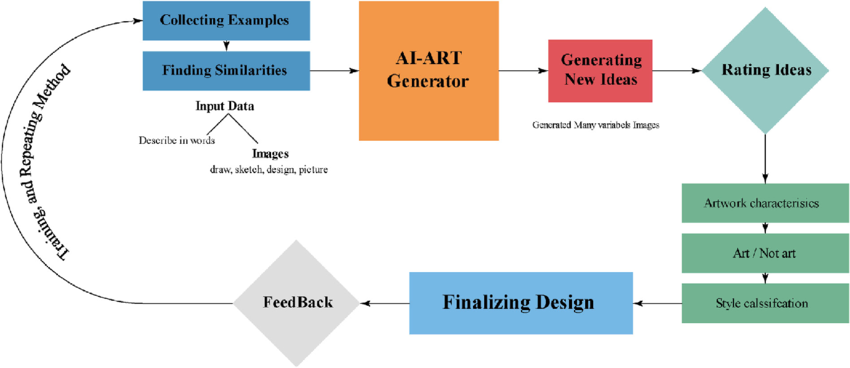
Bringing it all together
The world of generative art has been quietly evolving since its inception in the 1960s, awaiting the catalyst that would propel it into the mainstream. That catalyst emerged in the form of Non-Fungible Tokens, which have opened up new avenues for artists to create, showcase, and monetize their works in unique ways.
Generative art, with its emphasis on process, unpredictability, and the blend of artistic vision with algorithmic creation, has found a perfect home within the blockchain-based landscape of NFTs. With innovative tools and expansive resources now available, artists can push the boundaries of this genre like never before.
The rising popularity of generative NFT art is attributable to several factors. From an investment standpoint, the uniqueness of each piece holds the potential for significant appreciation over time. Collectors find value in the self-expression that these pieces offer, as well as the sense of connection to a vibrant, growing community of like-minded enthusiasts. Moreover, purchasing generative NFT art directly supports artists, who retain a larger share of the proceeds from their work than in traditional art markets.
In essence, the intersection of generative art and NFTs represents a significant evolution in both the art and blockchain domains. As this art form continues to thrive and innovate, it remains a captivating field for artists, collectors, and enthusiasts alike, promising a future where art and technology continue to intersect and inspire in ways that are yet to be imagined.
The journey of generative NFT art is just beginning, but its impact is already undeniable. As we continue to explore and understand this fascinating domain, we look forward to witnessing the novel ideas and stunning creations that will undoubtedly emerge from this revolutionary intersection of art and technology. And as the curtain falls, it’s clear that we’re standing on the threshold of an exhilarating new chapter in the ever-evolving narrative of art.
Power-boost your project on Chainstack
- Discover how you can save thousands in infra costs every month with our unbeatable pricing on the most complete Web3 development platform.
- Input your workload and see how affordable Chainstack is compared to other RPC providers.
- Connect to Ethereum, Solana, BNB Smart Chain, Polygon, Arbitrum, Base, Optimism, Avalanche, TON, Ronin, zkSync Era, Starknet, Scroll, Aptos, Fantom, Cronos, Gnosis Chain, Klaytn, Moonbeam, Celo, Aurora, Oasis Sapphire, Polygon zkEVM, Bitcoin, Tezos and Harmony mainnet or testnets through an interface designed to help you get the job done.
- To learn more about Chainstack, visit our Developer Portal or join our Discord server and Telegram group.
- Are you in need of testnet tokens? Request some from our faucets. Multi-chain faucet, Sepolia faucet, Holesky faucet, BNB faucet, zkSync faucet, Scroll faucet.
Have you already explored what you can achieve with Chainstack? Get started for free today.






















